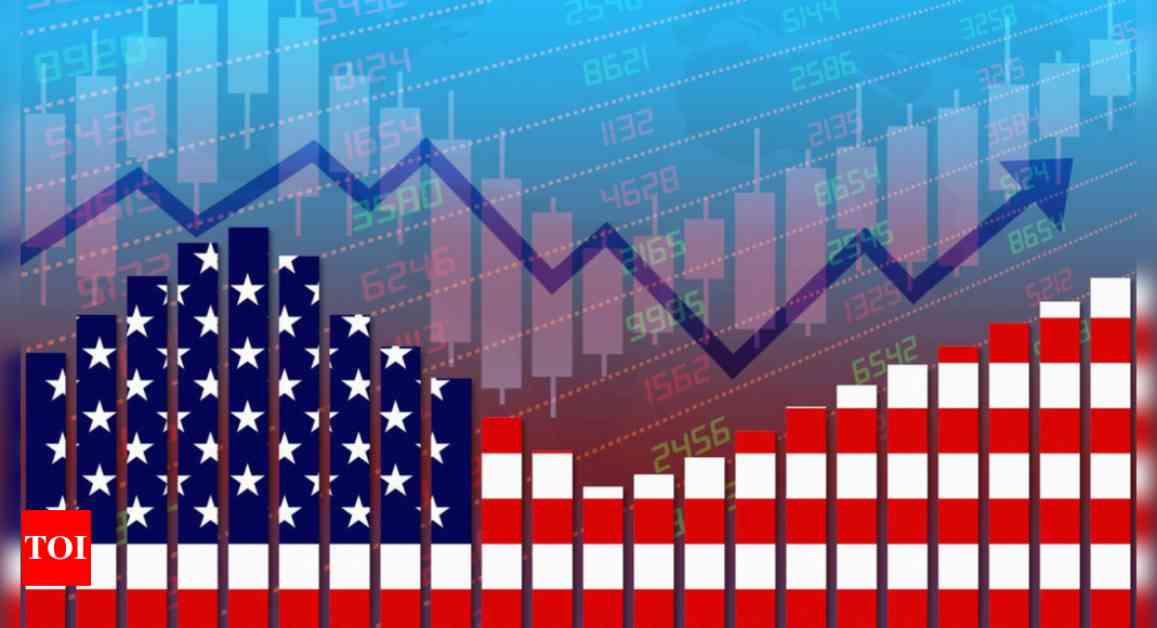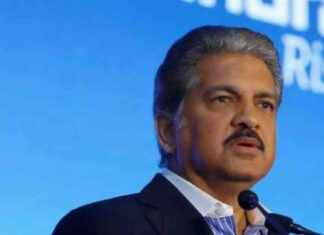The US economy in 2024 ended on a positive note, with new data from the Commerce Department revealing that consumer spending and government support were pivotal in driving growth. Despite facing some obstacles, the economy saw a 2.3% growth in the fourth quarter, slightly below the 2.4% that economists had anticipated. Throughout the entire year, the GDP expanded by a commendable 2.8%, showing a robust performance even though it was slightly lower than the 2.9% growth seen in 2023.
Consumer spending emerges as a driving force
Consumer spending took the spotlight by rising 4.2% in the final quarter of 2024, marking the fastest pace since early 2023. This growth was a notable increase from the 3.7% seen in the previous quarter. Alongside consumer spending, government support and continued investment also played significant roles in bolstering the economy, despite a slowdown in business investment, particularly in equipment spending, which experienced a sharp decline following two strong quarters.
Matthew Martin, a senior US economist at Oxford Economics, emphasized the critical role of consumers in driving resilient growth throughout 2024. He noted, “Consumers have been the foundation of the economy, and they’ve been the biggest driver of resilient growth in 2024,” as reported by the AFP news agency. With low layoffs, healthy job growth, and rising wages, Martin anticipates that this growth trajectory will persist.
Persistent inflation pressures
Despite the positive growth, the report unveiled ongoing inflation concerns. The Federal Reserve’s preferred inflation gauge, the personal consumption expenditures (PCE) index, exhibited a 2.3% increase in the fourth quarter, up from 1.5% in the third quarter. The core PCE, which excludes food and energy prices, also saw a slight uptick to 2.5% from 2.2% in the previous quarter. These inflation pressures persisted, but the economy remained robust. Notably, a key component of GDP, which excludes volatile items like exports and inventories, grew by 3.2% in the third quarter, a slight decrease from 3.4% in the prior quarter.
President Trump inherits a robust economy
As President Donald Trump assumed office in January 2025, he inherited a strong economy with growth momentum continuing despite high interest rates. By December, unemployment stood at 4.1%, with steady job gains. The Federal Reserve opted to maintain its interest rate in December after three previous cuts since September. Fed Chair Jerome Powell, speaking to the Associated Press, pointed out, “We do not need to be in a hurry to make more cuts,” highlighting the economy’s resilience.
Global economic comparison
While the US economy thrives, Europe faced challenges with zero growth at the close of the previous year. The European Central Bank recently reduced its benchmark rate due to lackluster performance. In contrast, the US economy benefited from strong consumer spending, low unemployment rates, and increasing wages, sustaining growth despite inflation concerns.
President Trump’s policy proposals, including tax cuts and regulatory reductions, may impact growth and prices. KPMG’s chief economist, Diane Swonk, emphasized that the repercussions of these policies will take time to materialize. While some analysts predict a slowdown in growth for 2025, they still anticipate the US economy to remain sturdy in the near term.























